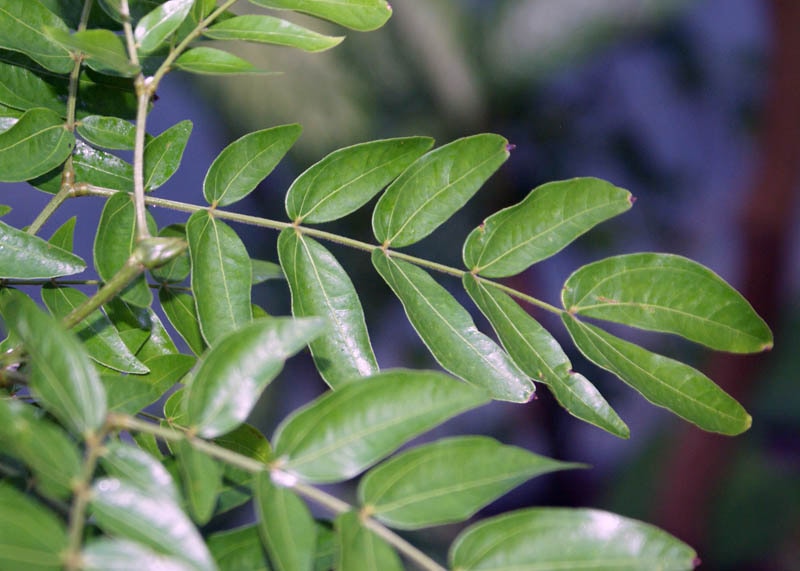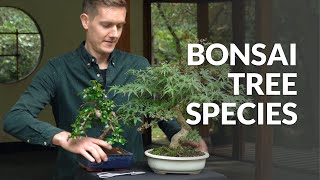Silk tree or Mimosa Bonsai Care guidelines
Silk trees like a place in full sun, protected from wind. During extremely hot summer weeks partial shade can be advisable. Albizias are tropical plants, so most of the species can't tolerate frost and thrive best in warm climates. A cold spell can cause yellowing leaves. Albizia bonsai trees should be protected when temperatures drop below 60° F or 15° C.
Let the soil of the silk tree dry before watering the root ball thoroughly. It must not be overwatered as it suffers from waterlogged soil. Good drainage is essential. The silk tree can tolerate short droughts. It can be watered with slightly acidic water, neutral or slightly calcareous water. Continue reading about watering Bonsai trees.
Watering
Free lecture from the Beginners CourseFertilize the tree once a month with solid organic fertilizer or use a liquid fertilizer every week during the growing season. In winter fertilize less often.
Prune the Albizia after flowering. Severe pruning can be done in early spring. Train silk trees with a wide canopy and single or multiple trunk, like they grow in nature. Unfortunately it is hardly possible to reduce the leaf size. The branches are brittle and the bark is soft, so wiring must be done with great care. Because of the fast and strong growth it is necessary to watch the wired branches closely and remove the wire in time before it causes scars. Continue reading about pruning Bonsai trees.
Repot the Albizia bonsai every two or three years in spring, when the roots fill the pot. Use a well-draining standard soil mixture. The Albizia has no special demands regarding the pH value and takes root pruning well. Continue reading about repotting Bonsai trees.
Silk trees can be propagated from seed. Some Albizia species can be propagated by cuttings, root cuttings and air-layers, but apparently not Albizia julibrissin.
Scale, mites and webworm can occasionally bother the Albizia or Mimosa bonsai. Use a specific pesticide in these cases. For more detailed information on these techniques, check out our Bonsai tree care section.

Calliandra bonsai tree

Leaves of the Calliandra

Powder puff bonsai

Calliandra with flowers
General information about the Mimosa Bonsai tree
The pink fragrant flower puffs with their silky filiform stamens have given the tree its popular name. The flowering period lasts from April to July. Most Albizia species are not frost-hardy, but tall mature Albizia julibrissin trees planted in gardens can survive some frost and will regrow damaged branches. Because of their strong growth and large leaves silk trees are normally used to create medium or larger sized bonsai. Albizia julibrissin is the most common silk tree for bonsai purposes. The Calliandra is quite similar to the Mimosa bonsai, and sometimes mistaken as the Acacia dealbata (the silver wattle or blue wattle). If you need help identifying your tree, take a look at our Bonsai tree identification guide.





